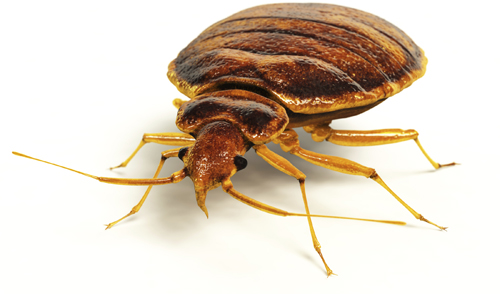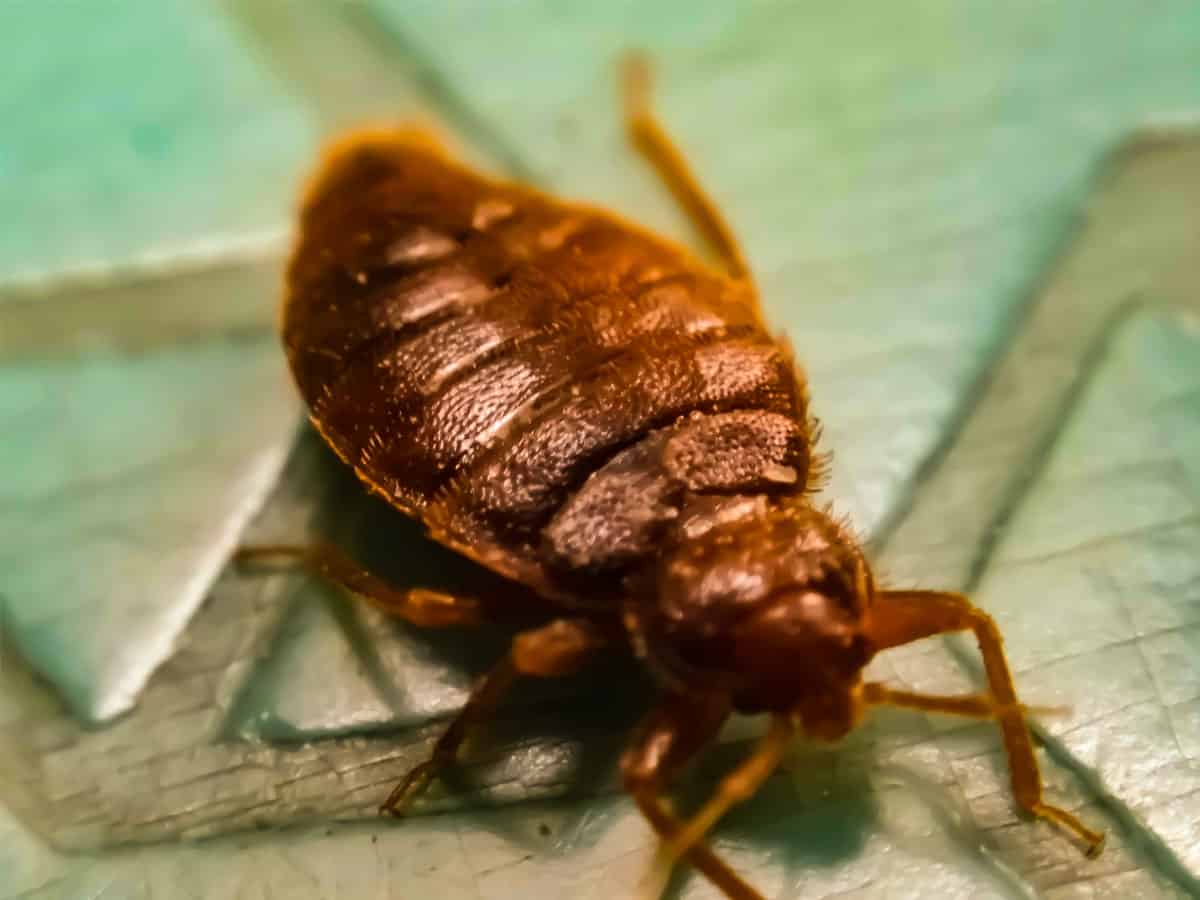Discover the very best Bed Bug Therapy Techniques for Your Bug Control Plan
When faced with a bed bug problem, identifying the most effective treatment methods ends up being essential for effective bug control. Picking the ideal bed pest treatment technique customized to your particular situation is important for accomplishing long-term outcomes.
Identifying Bed Insect Invasions
Identifying signs of a bed pest infestation can be essential in properly dealing with the concern and preventing more spread in a timely fashion (Bed bug treatment). Bed bugs are evasive pests that hide throughout the day and appear in the evening to feed on blood. Common signs of a bed pest invasion consist of reddish-brown spots on bed linens or furnishings from crushed bugs, tiny dark areas that are bed pest waste matter, dropped skins in areas where bed pests conceal, and a pleasant, musty smell in severe problems
One of the vital indications of a bed insect problem is awakening with unusual welts or bites on your skin, especially in a linear or gathered pattern. It is important to completely examine your sleeping area, consisting of the bed mattress, box springtime, headboard, and nearby furnishings for live pests or signs of their existence. Motivate recognition of a bed bug problem is important to avoid the scenario from intensifying and needing extra comprehensive therapy approaches. If you presume a bed insect problem, it is recommended to look for specialist insect control aid to effectively get rid of the pests from your home.
Non-Chemical Therapy Approaches
Non-chemical therapy techniques offer efficient choices for resolving bed insect invasions without relying on standard pesticides. Warm therapy is one such technique that involves increasing the temperature level in plagued locations to degrees that are deadly to bed pests. Furthermore, vapor treatment can be utilized to eliminate bed bugs and their eggs by revealing them to high temperatures, making it a useful non-chemical alternative for combating problems.
Chemical Therapy Alternatives
Having explored efficient non-chemical techniques for addressing bed insect problems, it is vital to take into consideration the efficacy of chemical treatment alternatives in combating these resilient insects. Chemical treatments play a critical duty in bed pest control, particularly in serious invasions where non-chemical approaches might not provide adequate relief. There are different kinds of chemical treatments available for taking care of bed insects, consisting of pesticides, desiccants, and insect growth regulators.
Insecticides are commonly used to eliminate bed pests on call and offer recurring security against future infestations (Bed bug treatment). Desiccants work by damaging the external waxy layer of bed bugs, causing dehydration and fatality. Insect development regulatory authorities interfere with the bed pest life process by hindering their advancement from nymphs to adults, ultimately decreasing the population over time
When considering chemical treatment options, it is essential to prioritize safety and security by adhering to tag instructions, making use of appropriate protective gear, and taking into consideration the possible risks to people and family pets. Consulting with a professional pest control service can assist identify the most risk-free and efficient chemical treatment for your particular bed insect invasion.
Integrated Pest Monitoring Strategies

IPM approaches for bed pest control might consist of comprehensive examination to figure out the level of infestation, recognition of crucial harborage sites, and execution of cleanliness measures. In addition, decreasing clutter, securing holes and splits, and getting rid of potential hiding spots can help discourage bed pests from developing themselves.
Moreover, non-chemical control techniques such as heat therapy, vacuuming, heavy steam cleansing, and making use of bed pest catches can be efficient elements of an IPM plan. These methods target bed insects at different life stages and disrupt their reproductive cycle, leading to population reduction.
Normal surveillance and follow-up examinations are vital in IPM to evaluate the performance of control procedures and make required adjustments. By integrating integrated bug administration strategies right into your insect control plan, you can accomplish long-term success in managing bed insect problems.
Professional Extermination Solutions
Specialist extermination services give specialized competence and sources for efficiently eradicating bed pest invasions. Bed pest invasions can be specifically testing to take on as a result of their durability and capacity to conceal in various cracks and crevices. Expert exterminators are trained to determine the indicators of bed pests, situate their hiding places, and use targeted therapy methods to Website eliminate them efficiently.
When selecting a professional extermination service for bed insect control, it is necessary to look for qualified and accredited bug control business with experience in dealing specifically with bed insects. These professionals have accessibility to a variety of treatment choices, consisting of chemical and non-chemical techniques, to effectively fight bed bug invasions while ensuring the safety and security of pets and owners.
Furthermore, expert pest control experts can supply follow-up evaluations and treatments as required to guarantee that the infestation is totally removed. Their know-how in bed insect behavior and treatment methods can assist prevent future problems, offering comfort for companies and homeowners alike. image source When confronted with a persistent bed insect invasion, enlisting the solutions of professional pest control specialists is usually the most trusted remedy to achieve total eradication.
Final Thought

When encountered with a bed insect invasion, determining the most effective treatment approaches ends up being important for effective bug control. Typical signs of a bed insect infestation consist of reddish-brown stains on bed linens or furniture from crushed pests, tiny dark areas that are bed bug waste matter, shed skins in locations where bed bugs hide, and a pleasant, mildewy odor in extreme infestations.
Having actually explored effective non-chemical techniques for dealing with bed bug invasions, it is important to think about the efficiency of chemical treatment choices in combating these resistant parasites. Chemical treatments play a vital function in bed pest control, specifically in extreme infestations where non-chemical approaches may not provide adequate relief. By including these different treatment techniques right into a comprehensive pest control plan, individuals can effectively remove and handle bed insect infestations in their companies or homes.